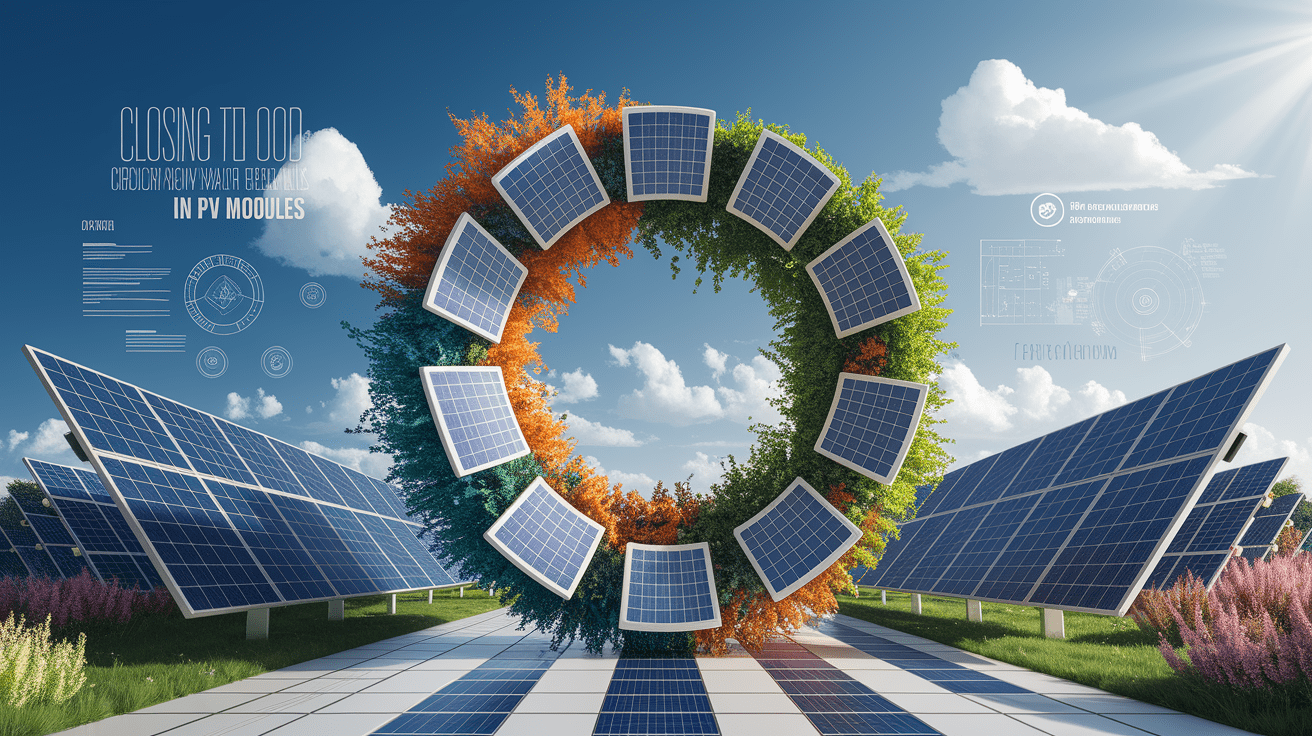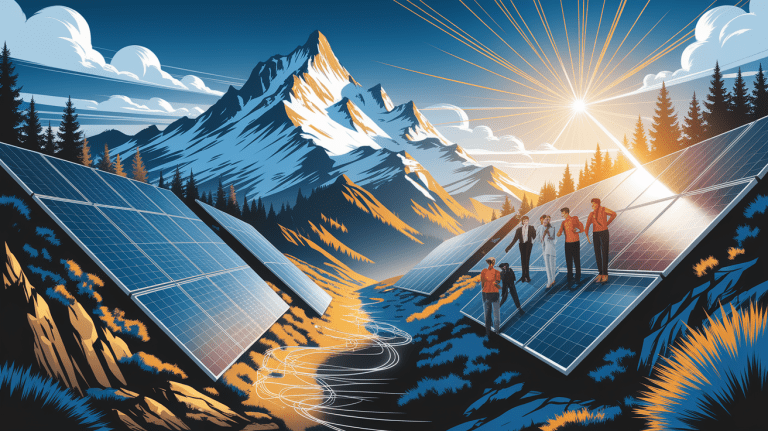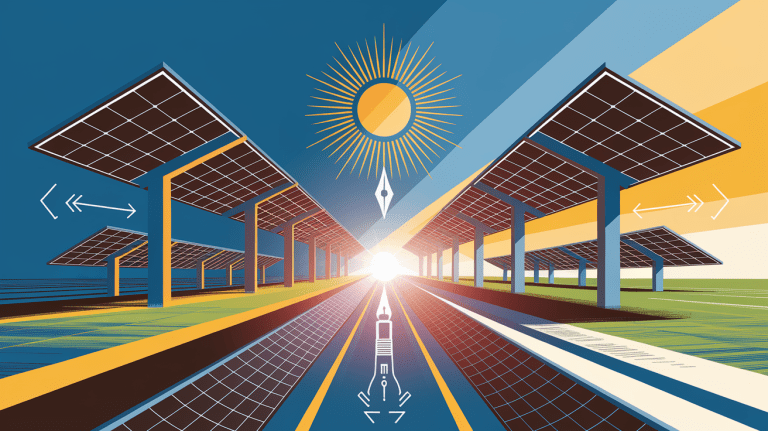Closing the Loop: Circular Economy with Recycled Materials in PV Modules
Powering Solar Sustainability from Day One
Modern photovoltaic (PV) modules are not only a cornerstone of renewable energy generation—they can also lead the charge in demonstrating how advanced manufacturing meets environmental stewardship. By embedding circular economy strategies into PV production from the outset, manufacturers reduce waste, extend product lifecycles, and create solar panels that are built for both performance and responsible end-of-life management. This proactive approach ensures that the energy transition towards clean technology is also a transition towards resource efficiency and sustainable supply chains.
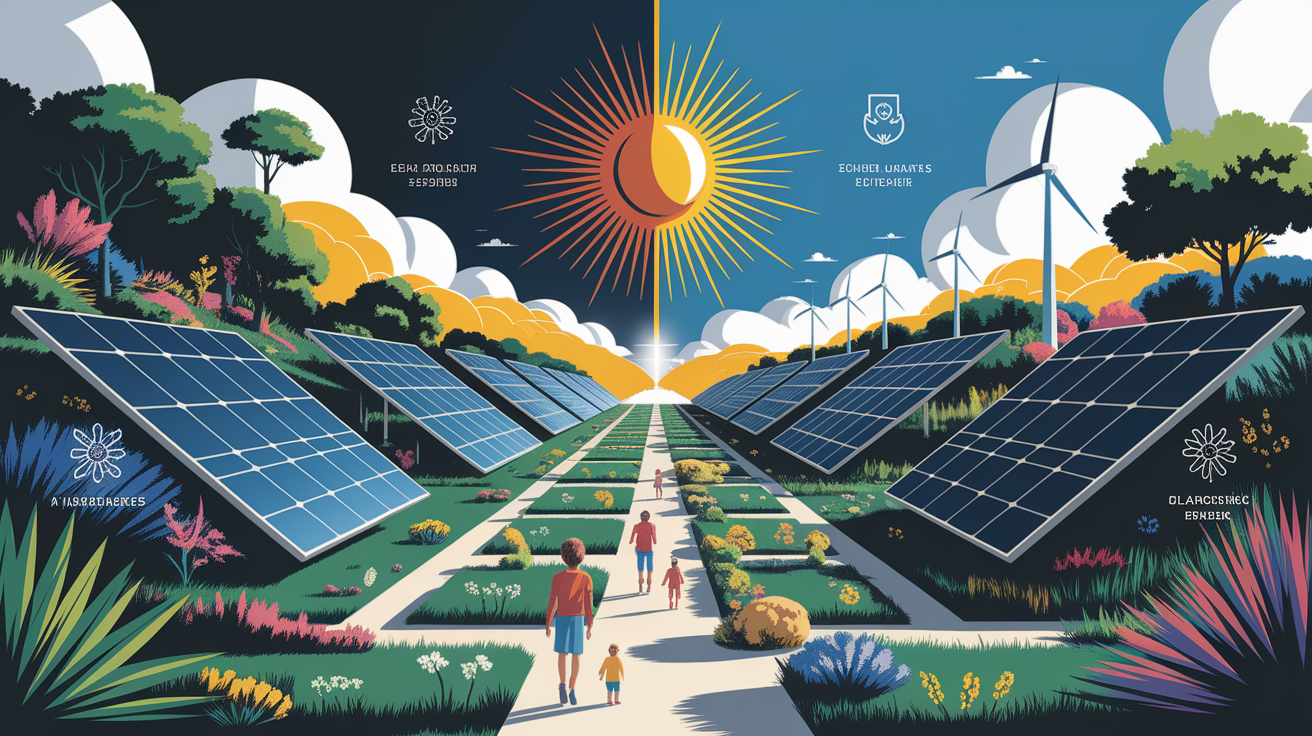
Instead of waiting until panels reach their retirement phase, industry innovators are now integrating recycled materials in initial manufacturing, accelerating the sustainability benefits. This forward-thinking model contributes directly to waste reduction strategies, carbon footprint reduction, and closed-loop systems that keep materials circulating in the production cycle.
Circular Economy Principles in PV Manufacturing
In the context of PV modules, the circular economy prioritizes reuse, repair, refurbishment, and recycling, aiming to minimize the environmental footprint of solar energy systems. Design innovations enable easier disassembly and material recovery, while sustainable manufacturing replaces hazardous inputs with safer alternatives.

These principles create eco-friendly solar panels that maintain high efficiency while ensuring that valuable PV module components remain in circulation. For example, implementing dissolvable adhesives or recyclable encapsulants makes it easier to extract silicon or recover aluminum frames for remanufacturing, supporting both environmental impact reduction and resource efficiency.
Key Recycled Materials in PV Modules
PV modules are predominantly made from materials with high recyclability potential:

- Glass: Often composing over 70% of a module’s weight, recycled glass can be reprocessed into new panels or other glass products.
- Aluminum Frames: Lightweight and corrosion-resistant, aluminum is easily recovered and remanufactured.
- Silicon: While pure silicon recovery for high-value reuse remains a challenge, improved processes are boosting yield and purity for photovoltaic cell production.
- Copper: Used in electrical connections; recycled copper retains its conductivity for new solar or electrical components.
- Polymers: Advances in polymer recycling allow reuse of encapsulants and backsheets in secondary applications.
These materials form the backbone of the PV module lifecycle, and when recovered efficiently, they enable the solar industry to meet sustainable development goals and strengthen renewable material sourcing.
Integrating Recycled Materials into PV Production
Sustainable PV module production processes leverage innovations in manufacturing to incorporate recycled content without compromising performance. Practices include:
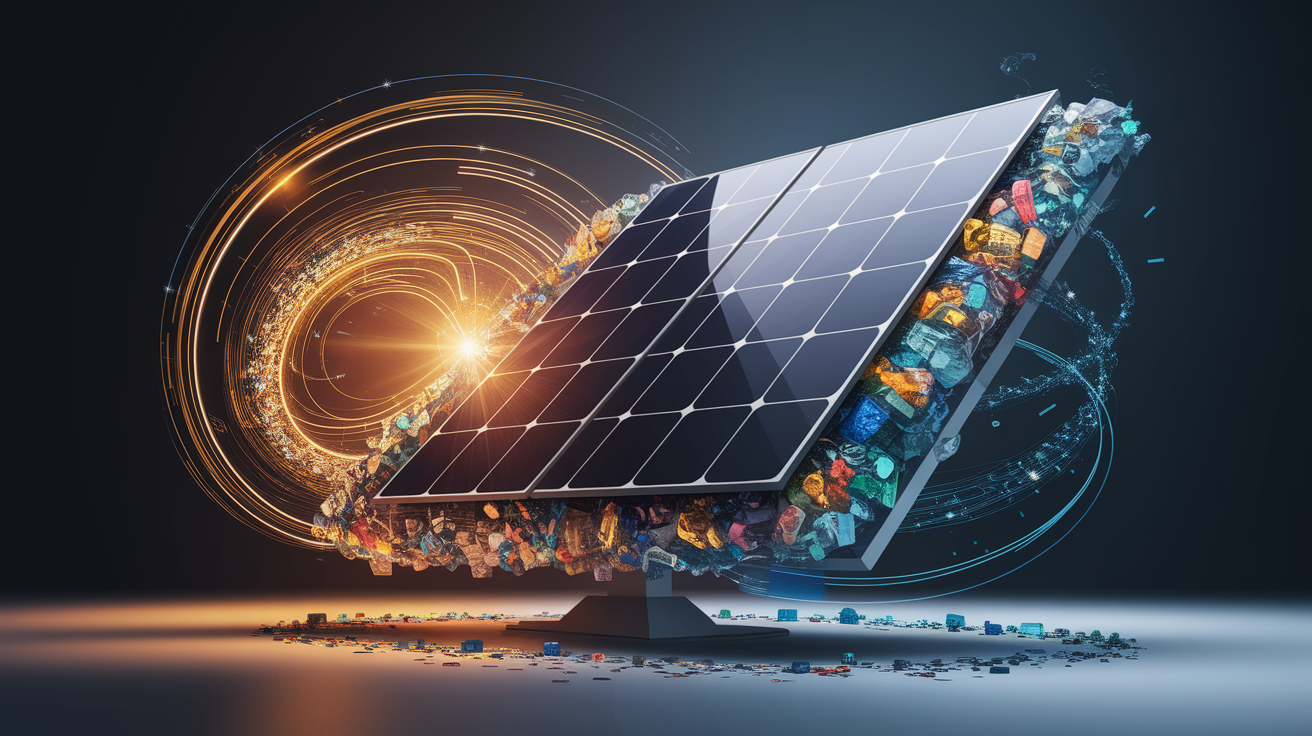
- Reusing production scrap such as silicon kerf from wafer slicing.
- Employing layered module architectures that simplify component separation.
- Substituting costly materials like silver with repurposed copper or recycled aluminum to improve cost-effectiveness.
- Using recycled glass cullet directly in panel glass manufacturing to reduce raw material demand.
These methods align with green manufacturing processes and zero waste manufacturing concepts, ensuring that material circularity begins early in the PV module lifecycle.
Environmental and Economic Benefits
Implementing circular economy practices in the solar industry yields measurable results. According to EPRI and NREL research:
- Waste Reduction: Diverts metric tons of solar waste from landfills annually.
- Resource Preservation: Reduces virgin raw material extraction, lowering environmental degradation and emissions.
- Economic Opportunities: Creates secondary markets for recovered materials and drives employment in recycling and remanufacturing sectors.
- Supply Chain Resilience: Lessens dependence on imported materials by developing domestic material recovery industries.
Repair, refurbishment, and reuse extend the service life of PV modules, delaying replacements and reducing the overall energy and resource inputs required for new production.
Overcoming Integration Challenges
Despite clear benefits, integrating recycled materials into PV production faces hurdles:
- Material Purity: High-performance solar cells require extremely pure silicon; contamination reduces efficiency and limits use.
- Complex Construction: Multiple material layers and encapsulants complicate recovery efforts.
- Economic Viability: Recycling costs can outweigh raw material values without process efficiency gains.
- Regulatory Support: Currently, only about half of U.S. states have mandates for solar waste management, reducing recycling incentives.
Addressing these challenges demands coordinated action across policy, technology, and market drivers—improving recovery technologies, optimizing panel designs for recyclability, and implementing extended producer responsibility schemes.
Full Circle of Solar Sustainability
Closing the loop in PV manufacturing is more than a technological milestone—it’s a decisive step for renewable energy sustainability. As solar adoption accelerates, the industry’s ability to recover, recycle, and reintegrate materials will define its environmental integrity. Applying circular economy principles from design to end-of-life transforms PV modules into part of a continuous material flow, reducing environmental impacts and enabling cost-effective green energy solutions.
For manufacturers, the actionable insight is clear: design with disassembly in mind, source recycled materials wherever performance allows, and invest in recovery infrastructure. For policymakers, expanding recycling mandates and incentives will spur market adoption. Together, these efforts ensure that solar panels contribute to a truly sustainable energy transition—powering the future without compromising the planet.

